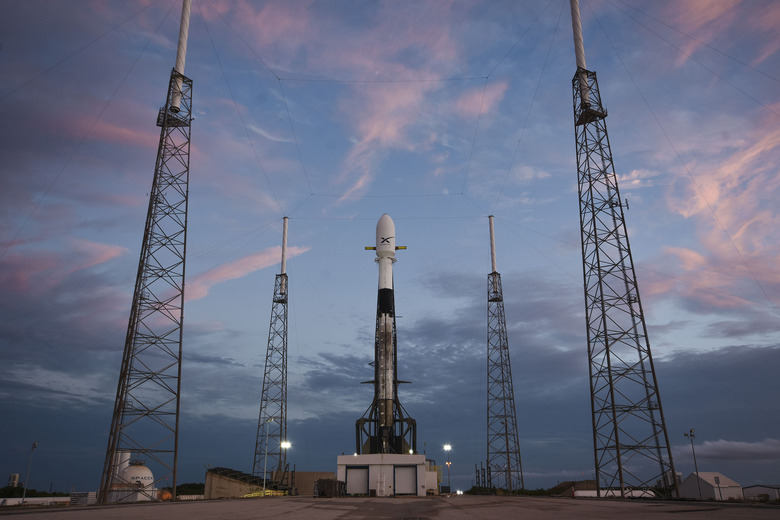Mesmerizing SpaceX Video Shows Starlink Satellites Being Deployed
It's only March but SpaceX has already had a very busy year. The company has performed a number of tests with its Starship spacecraft while at the same time continuing a steady stream of launches of its Falcon 9 fleet. The latest launch happened in the early hours of Wednesday, with a Falcon 9 taking off in the darkness at Cape Canaveral's Launch Complex 40. The mission was yet another boost to the Starlink communications network, and a full batch of 60 satellites was deployed into orbit around Earth with no issues.
As is almost always the case, SpaceX had its cameras running everywhere, and that means we get a gorgeous look at the spacecraft deploying its satellite payload. The video, which was tweeted out by SpaceX and uses footage from the company's own live stream, is brief but also incredibly cool.
Here's the clip, which clocks in at a mere 22 seconds:
Deployment of 60 Starlink satellites confirmed pic.twitter.com/Xcbrq66Mez
— SpaceX (@SpaceX) March 24, 2021
As you can see from the video, the Starlink satellites are packed into the payload area like sardines. They're incredibly compact when they are in transit but, as the SpaceX commentator explains in the short clip, they eventually fan out their solar arrays and become larger.
The long piece of metal you see fly away from the satellites is a retaining mechanism that holds the Starlink hardware in place even after the payload compartment is exposed to space. The entire deployment takes all of 10 seconds, and that incredible efficiency is something that helps ensure these satellite launches go off without a hitch time and time again.
Of course, while the deployment happens rapidly, it doesn't mean that the satellites are ready to bolster the power of the Starlink network right away. It takes some time for SpaceX to direct each satellite to its correct position and orientation, and since the satellite network already features well over 1,000 satellites in orbit, ensuring that the new devices make it to the right places without getting in each others' way requires plenty of forethought.
As SpaceX continues to increase the number of satellites in orbit, its network will ultimately be able to handle more and more traffic. Right now, Starlink internet service is available in its beta test form in many areas of the United States as well as Canada. Eventually, SpaceX hopes to be able to offer its service to people all over the world, and those in regions without internet infrastructure will surely want to get in as soon as they can.
The company eventually plans to have tens of thousands of satellites in orbit around Earth. That's a whole lot of hardware flying around, and SpaceX recently shook hands with NASA on an agreement to share positioning data with one another to ensure that SpaceX satellites don't disrupt NASA missions and vice versa.
